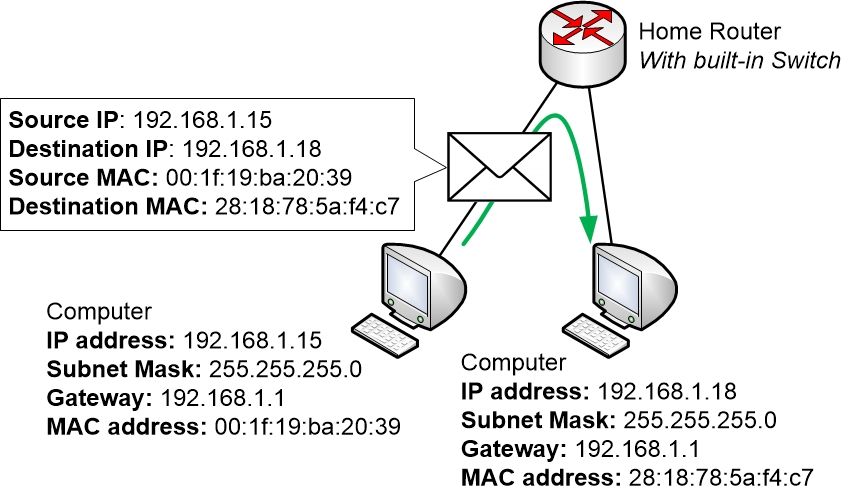
Static entries have higher priority than dynamic entries.


In other words, when you want to manually configure a MAC address on a port, you use switchport port-security mac-address īut when you want the switch to automatically learn the first MAC seen on a port and remember that (even if there is no traffic seen from that MAC for a long time), then you use: switchport port-security mac-address stickyĪnd after the swich learns a MAC address, you will see that it has automatically added: switchport port-security mac-address sticky MAC address table is where the switch stores information about the other Ethernet interfaces to which it is connected on a network. (source: Catalyst 4500 Series Switch Cisco IOS Software Configuration Guide, 12.2(20)EWA - emphasis is mine) Sticky learning was enabled, to sticky secure MAC addresses. MAC addresses, including those that were dynamically learned before You enter this command, the interface converts all the dynamic secure To enable sticky learning,Įnter the switchport port-security mac-address sticky command. Sticky secure MAC addresses and to add them to the runningĬonfiguration by enabling sticky learning. You can configure an interface to convert the dynamic MAC addresses to Manually configured, it is not recommended.

If these addresses are saved in theĬonfiguration file, the interface does not need to dynamically relearn Learned or manually configured, stored in the address table, and added You can configure MAC addresses to be sticky. While you can manually configure a sticky address, it is not usually used that way (and in fact Cisco recommends against it):


 0 kommentar(er)
0 kommentar(er)
